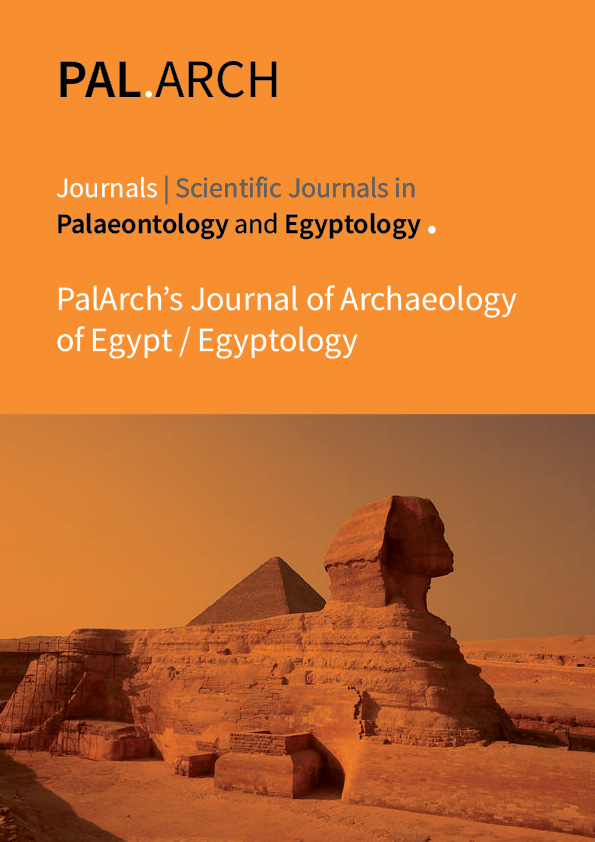SOCIOLOGICAL STUDY OF NEW SOCIAL MOVEMENT IN INDIA
Abstract
Modern Indian society has become a hotbed of marches, protests, and actions. Unity of the major bases of these problems and difficulties has been a extremely fragmented culture in which dissimilar clusters, regardless of financial or racial background, come together to address issues. Though, everywhere takes a shift in these controversies in recent times, as they are more focused on original ownership than any ideas. Directing on their class character, many sociologists confirms the notion that the “middle class” today epitomizes most of the social dissent. Recent protests in India that have shaken national thinking have become the order of the day. Examples of common resistance to corruption and sexual harassment of women in large urban areas include those where middle classes have taken to the streets, exiting the haven of their daily private life. This shows resistance to government machinery and the prevailing social media mindset. In fact, the new acquisition of the middle class is not a common anti-state or anti-establishment process but is considered so because of its operational status. This is because a joint action or movement can take the form of a pro or an anti-state, depending on the state character. On the contrary, the complex process of democracy in the current context of global unity also constantly changes the relationship between civil society and state. Castell opinions this procedure as a resurgence of the urban struggle of the urban people in a dialogue by the national and administration forces. Habermas (1989) describes this as “New Social Movement (NSMs)”



